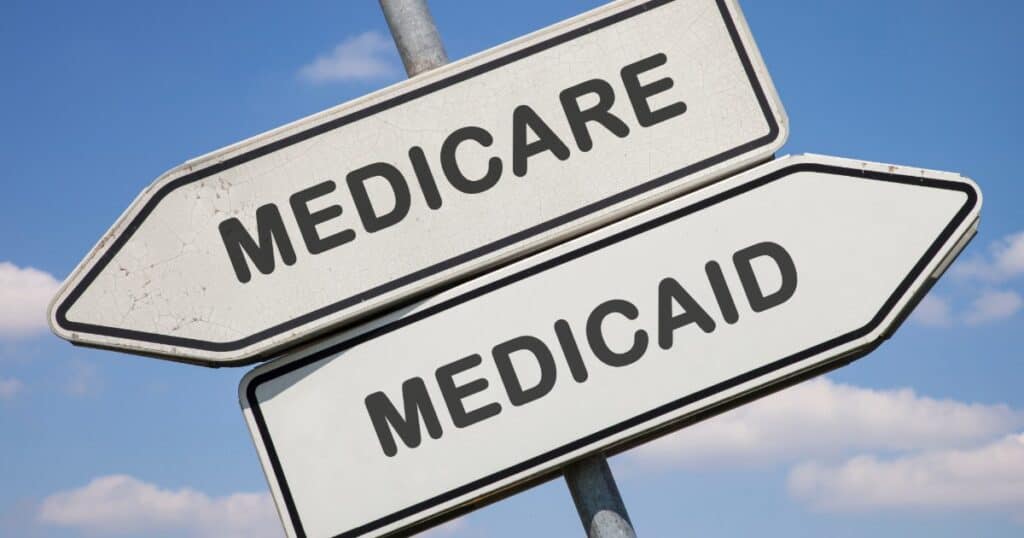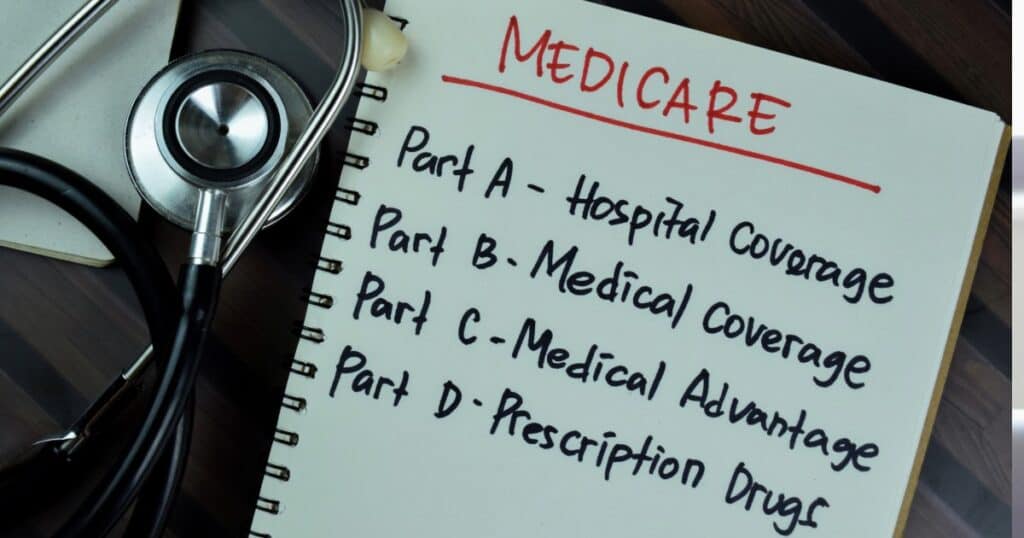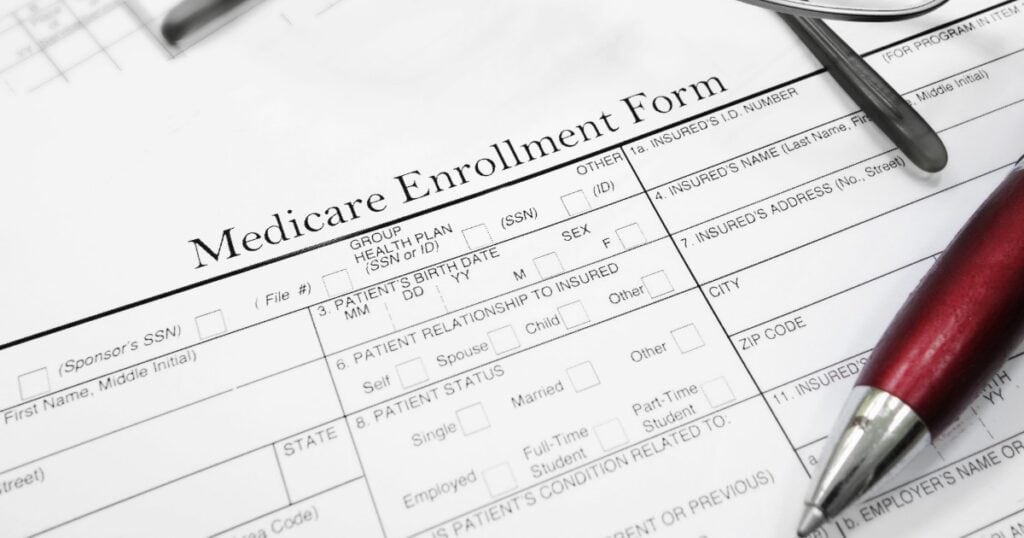In the 1960s, the United States started two important healthcare programs: Medicare and Medicaid. They were created to help older people, the poor, and those with disabilities get medical care. This article explains how these programs began and how they have helped shape the American healthcare system.

Origins of Medicare and Medicaid
The 1960s were a period of significant social and political change in America. Amidst civil rights movements and economic growth, the need for comprehensive healthcare for vulnerable populations became increasingly apparent.
The push for a national health care system began in the early 20th century, but it was not until 1965 under President Lyndon B. Johnson that Medicare and Medicaid were established. This monumental legislation was part of Johnson’s Great Society program, which aimed to eliminate poverty and racial injustice.
Key Features of Medicare
Medicare, established to provide health insurance to individuals over 65, operates independently of one’s income or medical history. It is financed through a blend of payroll taxes, premiums, and surtaxes, ensuring a stable funding base. Over the years, Medicare has broadened its reach, continuously adapting to include a more comprehensive range of services such as preventive measures and long-term care solutions.

The program is structured into several distinct parts, each designed to cover different aspects of healthcare needs:
- Part A (Hospital Insurance): This foundational component covers inpatient hospital stays, care in skilled nursing facilities, hospice care, and some home health care services.
- Part B (Medical Insurance): Part B helps cover doctor’s services, outpatient care, medical supplies, and preventive services.
- Part C (Medicare Advantage): This is an alternative to the original Medicare Part A and B coverage. It is offered by private insurance companies approved by Medicare and includes all the services covered under Parts A and B. Often, it also includes additional benefits like dental, vision, and hearing coverage, and sometimes even includes Part D prescription drug coverage.
- Part D (Prescription Drug Coverage): Introduced to help defray the costs of prescription medications, this part also covers many recommended vaccines and some types of preventive care.
Together, these parts form a comprehensive healthcare plan aimed at addressing the diverse medical needs of older adults, ensuring they receive the care required without the undue financial burden.
Key Features of Medicaid
Unlike Medicare, Medicaid offers health coverage to eligible low-income families and individuals, including children, pregnant women, parents, seniors, and individuals with disabilities. It is a cooperative program, funded jointly by the state and federal governments, which allows for flexibility in coverage.
Eligibility for Medicaid varies from state to state, with the Affordable Care Act of 2010 significantly expanding eligibility to include nearly all low-income individuals under a certain income level in participating states.
Medicare and Medicaid have profoundly impacted American society by providing health services to populations that were previously underserved. Over the decades, these programs have adapted to changes in medicine and society, expanding their services to cover more conditions and treatments.
Both programs have faced financial and operational challenges, including rising costs and potential sustainability issues. These challenges have prompted ongoing debates about healthcare reform in the United States.
Challenges and Reforms
As we check out the operational challenges facing Medicare and Medicaid, it is essential to recognize that these programs are not just about healthcare; they are about the values we hold as a society regarding who deserves access to care and how it should be funded. The issues below next are not just fiscal or administrative concerns—they reflect deeper societal debates about fairness, efficiency, and responsibility. Here are some of the challenges and I invite you to share your perspectives on these critical topics.
Funding and Sustainability
Medicare and Medicaid are cornerstone health programs that face critical sustainability challenges due to rising healthcare costs and an aging population. How will we fund these programs in the future while ensuring they remain robust for coming generations?
While the long-term sustainability of these programs remains under discussion, ensuring that beneficiaries have access to supportive resources—like free tax filing services for low-income individuals—can ease financial strain and improve participation in broader public benefit systems.

Expansion and Eligibility
The expansion of Medicaid under the Affordable Care Act has been a hot topic, with states choosing whether or not to participate. Similarly, discussions about lowering the Medicare eligibility age are ongoing. What are your thoughts on these changes? Should eligibility criteria be modified?
Fraud and Abuse
Despite strict regulations, fraud and abuse within Medicare and Medicaid remain significant issues, leading to billions in lost funds each year. How can these programs be better protected against such misuse?
Quality of Care
Concerns about the quality of care provided, including access to specialists and treatment options, are frequently raised. How does your experience with Medicare or Medicaid reflect on the quality of care offered?
Private vs. Public Management
The role of private insurance companies in managing Medicare Advantage plans is a contentious issue, as is the discussion around a potential Medicare-for-All system. Do you think the government should have more control, or should private entities play a larger role?
These issues are critical for the future of healthcare in America, and your insights and experiences are invaluable. We invite you to share your thoughts and engage in this important discussion in the comments below.

The Future of Healthcare
As we move forward, continuous improvements and innovations in healthcare technology and services could further enhance the effectiveness of Medicare and Medicaid. One significant advancement is the integration of telehealth services.
Telehealth appointments have become increasingly vital, offering beneficiaries the convenience of consulting with healthcare providers remotely. This technology is especially beneficial for those with mobility issues or those living in rural areas where access to medical facilities is limited. By integrating telehealth into Medicare and Medicaid services, the programs can expand accessibility, ensuring that all beneficiaries have timely and efficient access to healthcare providers, regardless of their physical location.
Telehealth is poised to become an integral part of the healthcare system, blending traditional and digital care models. Hybrid models, where telehealth complements in-person visits, are becoming more common, allowing for more personalized and flexible patient care plans. For instance, routine follow-ups and minor consultations can be handled online, while more complex issues that require physical examination can be scheduled in person. Interestingly, Baby Boomers are increasingly embracing telehealth services. This demographic finds telehealth particularly beneficial for managing chronic conditions and maintaining regular contact with their healthcare providers without the physical toll of frequent trips to the doctor
By understanding the origins and ongoing development of Medicare and Medicaid, it becomes clear why these programs are fundamental to the American healthcare system. Their establishment in the 1960s marked a significant step forward in the nation’s commitment to the health and welfare of its citizens, continuing to affect lives across the nation profoundly.
